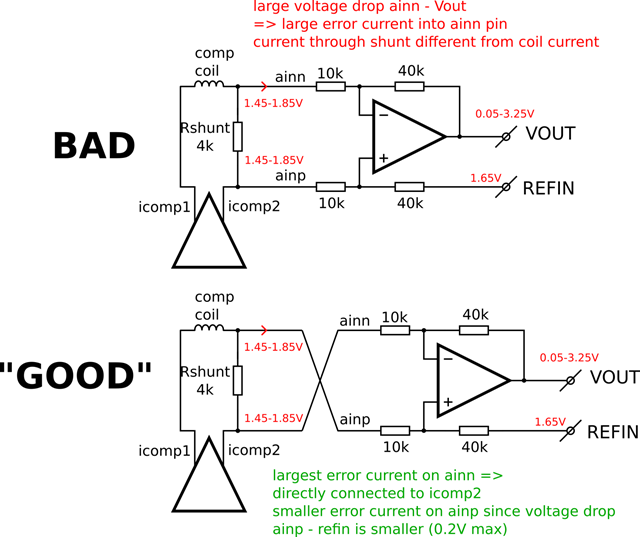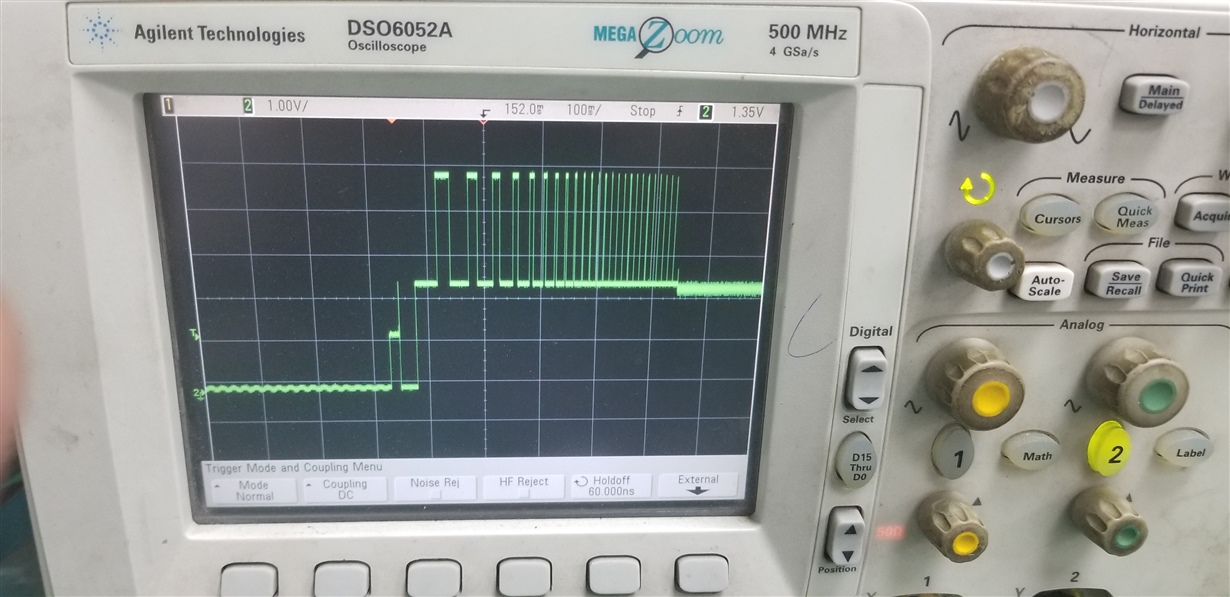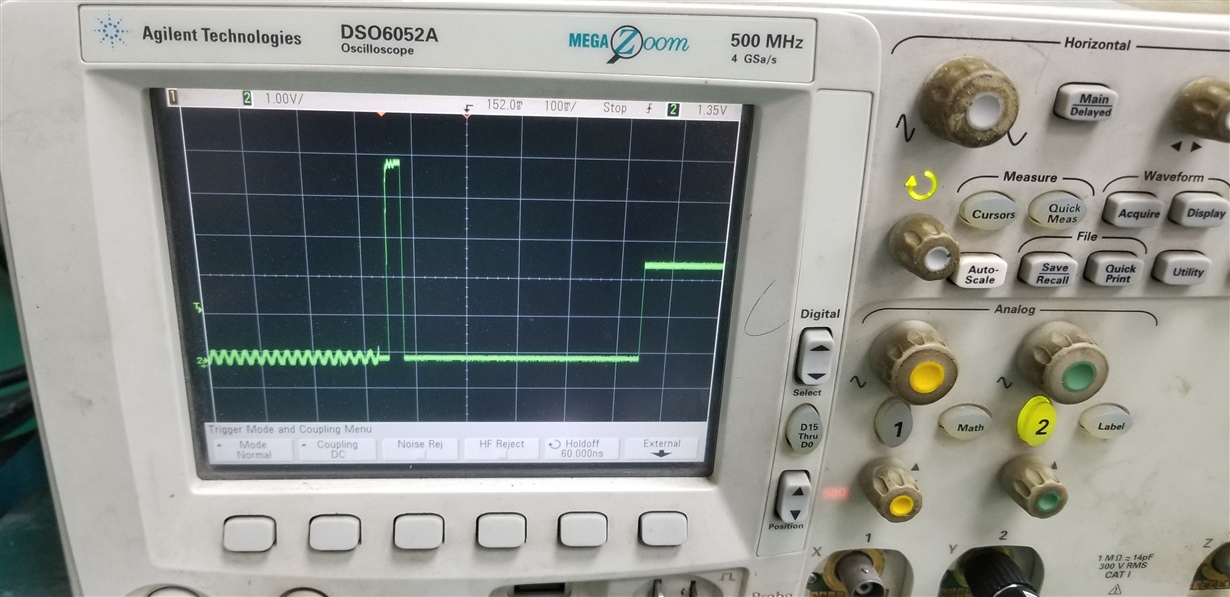Application is about the residual current sensor(maximum resolution is 1mA(DC&AC), Range 0-100mA)
Therefore, the Rshunt resistance needs to be taken to the K level to ensure the accuracy, but when the Rshunt is taken to the K level, the zero point (2.5V) of the whole system will drift a lot, and the larger Rshunt, the greater drift.
The test found that the R5 Dummy shunt resistance given in the specification can not compensate for the whole zero drift.
Only the Rshunt is less than 100 Ω, the drift is small, but the precision of the measurement is difficult to guarantee. The initial judgment is that the internal H bridge circuit has caused the impact on the Rshunt resistance and differential operation, and the differential input impedance of the internal differential op amp is 20K.
Please help me how to ensure the accuracy range and zero drift at the same time.





